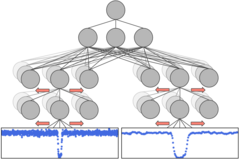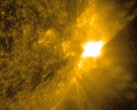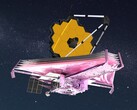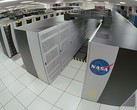Artificial intelligence (AI) and machine learning (ML) can help in making sense of huge amounts of data. AI and ML together have helped in the development of deep learning (DL) algorithms that have been used to train artificial neural networks (ANNs) to analyze data. A recent advancement is the development of ML algorithms by Google to train ANNs to analyze data from NASA's Kepler space telescope in the hope of finding evidence of exoplanets — planets other than those in our solar system.
The Kepler and K2 missions are space observatories launched by NASA to discover the presence of Earth-sized planets — also referred to as exoplanets — orbiting other star systems with the eventual goal of finding out the possibility of extraterrestrial life on those planets. Till date, both Kepler and K2 have confirmed the existence of 2,649 exoplanet candidates. The data generated is huge and could definitely use some AI help — which is where Google stepped in.
Last year, Google's TensorFlow model combed through massive data sets to identify two new exoplanets — the Kepler-90 i and the Kepler-80 g. Now, Google is making the very same model available to all to participate in the fun of analyzing Kepler data and hopefully, discover some new worlds. In a blog post authored by Chris Shallue of the Google Brain Team, the company is now making available the source code for processing Kepler data, training the ANN, and making predictions about new exoplanet candidates. Shallue's team worked with Andrew Vanderburg at UT Austin to develop an ANN for searching exoplanetary traces. The ANN was trained using a subset of Kepler signals to distinguish between true and false positives.
Till date the model has been successful in scanning over 670 star systems out of the 200,000 identified by Kepler but Google is confident that this model is now sufficiently trained to explore other datasets. By open sourcing their model, Google hopes that the community will help in making it even more robust and enable them to play their own part in the Kepler mission.
For those who are curious, Kepler-90 i is 30% larger than our Earth with surface temperatures reaching up to 426.6 degrees Celsius. The exoplanet's discovery was made possible due to Google's above ANN model and is found to orbit the Kepler-90 star once every 14.4 days at a distance of 2,545 light years from Earth — far from being your next holiday destination.
Further information on how Kepler's detection system works and how you can use Google's model on your own can be found in the source link below.























